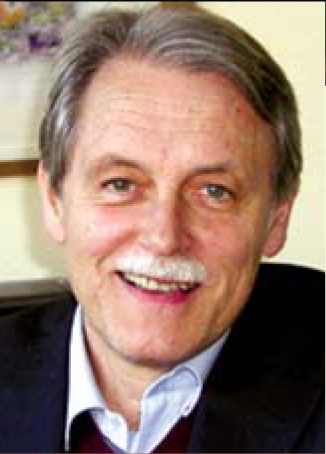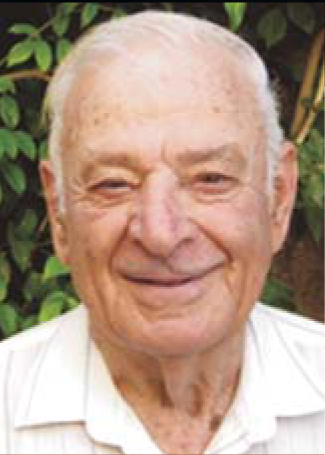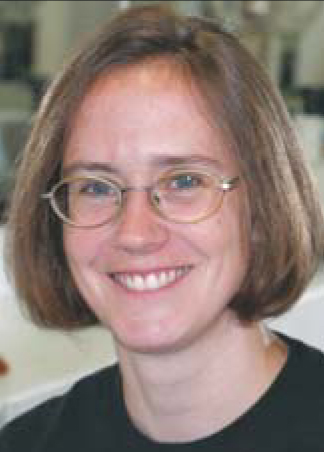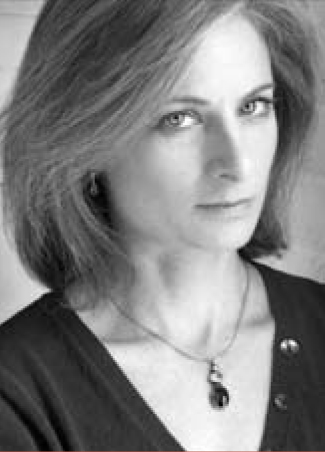ACA meeting to cover broad range of topics
DOI: 10.1063/1.2754605
A plenary talk on RNA polymerase II by Nobel laureate Roger Kornberg is among the highlights of the American Crystallographic Association’s annual meeting this July in Salt Lake City, Utah.
Scheduled for Saturday, 21 July, through Thursday, 26 July, at the Salt Palace Convention Center, the 2007 ACA meeting is expected to draw up to 900 attendees. The talk by Kornberg, who won the 2006 Nobel Prize in Chemistry, is 8:30 to 9:30am Thursday and will address his award-winning studies of the molecular basis of eukaryotic transcription, or the process by which genetic information from DNA is copied to RNA.
Sessions and symposia
The main conference program includes close to 50 sessions organized under 10 headings: materials science, neutron scattering, fiber diffraction, powder diffraction, service crystallography, small-angle scattering, small molecules, synchrotron radiation, special interest, and industry. Some topics to be covered are radiation damage, teaching gadgets and educational tools, advances in data collection, structural mechanisms of infectious disease, and how crystallographers can help their companies maximize value.
Monday morning’s Transactions Symposium, whose topic is “Diffuse Scattering for the Masses,” will focus on the application of diffuse scattering methods to current problems in molecular, macromolecular, and inorganic structural science.
In addition to an opening reception and exhibit in the evening, Saturday’s schedule includes two daylong workshops. The morning session of one workshop will address refinement of disordered, twinned, and high-resolution structures; the afternoon session will be on experimental phasing of macromolecules. The other workshop addresses standards for publication of macromolecular nuclear magnetic resonance structures. “There is a lot of breadth in terms of both science and technology,” notes Chris Hill, meeting cochair and a biochemistry professor at the University of Utah, about the topics and sessions. “But there’s also plenty of depth. You could spend the whole time on a session of your particular interest.”
Award presentations
Several symposia will honor ACA award recipients. Angelo Gavezzotti, professor of physical chemistry at the University of Milan in Italy, is taking home the Kenneth N. Trueblood Award. “Gavezzotti is one of the foremost chemical crystallographers in the world,” the award committee said. “Over a period of more than 30 years he has deeply influenced the way we think about molecular packing in crystals.”
The Isidor Fankuchen Award is being handed to Frank Herbstein, emeritus professor of chemistry at Technion–Israel Institute of Technology in Haifa, for his “lifetime achievements in research, teaching, and scholarship,” the award committee noted. The committee said Herbstein’s work “has illuminated chemical crystallographic perceptions for over half a century and has now culminated in the recent publication of his two-volume encyclopedic work, Crystalline Molecular Complexes and Compounds [Oxford University Press, 2006]. For the emerging generation of crystallographers this achievement should set an example of true scholarship.”
Cora Lind, an assistant professor in the chemistry department at the University of Toledo in Ohio, is receiving the 2007 Margaret Etter Early Career Award. “Lind has established herself as a superior scientist and as an established crystallographer,” the award committee wrote.
The Elizabeth A. Wood Science Writing Award is going to Lisa Randall, professor of theoretical physics at Harvard University. “Lisa’s book Warped Passages: Unraveling the Mysteries of the Universe’s Hidden Dimensions [Harper-Collins, 2005] has received high praise from critics,” the award committee said. She “has worked on a wide variety of models and theories, the most recent of which involve extra dimensions of space. In autumn 2004, she was the most cited theoretical physicist of the previous five years.”
Youth events
Throughout the week there will be several gatherings and presentations aimed at students and young scientists. An undergraduate research showcase on Sunday afternoon will give undergraduate students a chance to highlight their work in either oral or poster presentations. A mentor/mentee dinner, slated for Monday evening at the Salt Lake Brewing Co, aims to foster networking relationships between young scientists and those more established in their careers, and a young scientist mixer will be held at 7:30pm Tuesday at the Salt Lake City Library. For more information on the meeting, visit http://www.biochem.utah.edu/aca2007

Gavezzotti


Herbstein


Lind


Randall





